Bridge Cameras Guide
Sensor size
The sensor size plays a critical role in determining the image quality and low light performance of a camera. Generally, the larger the sensor, the better the image quality. For those who prioritize superior image quality, it's recommended to opt for bridge cameras with larger sensors.
In the market, bridge cameras can be categorized into different sensor sizes. Entry-level bridge cameras often feature a 1/2.3-inch sensor size, which is smaller but still capable of producing decent image quality. Examples of such cameras include the Canon PowerShot SX540 HS and the Sony Cyber-shot DSC-HX400V, both offering a 1/2.3-inch sensor.
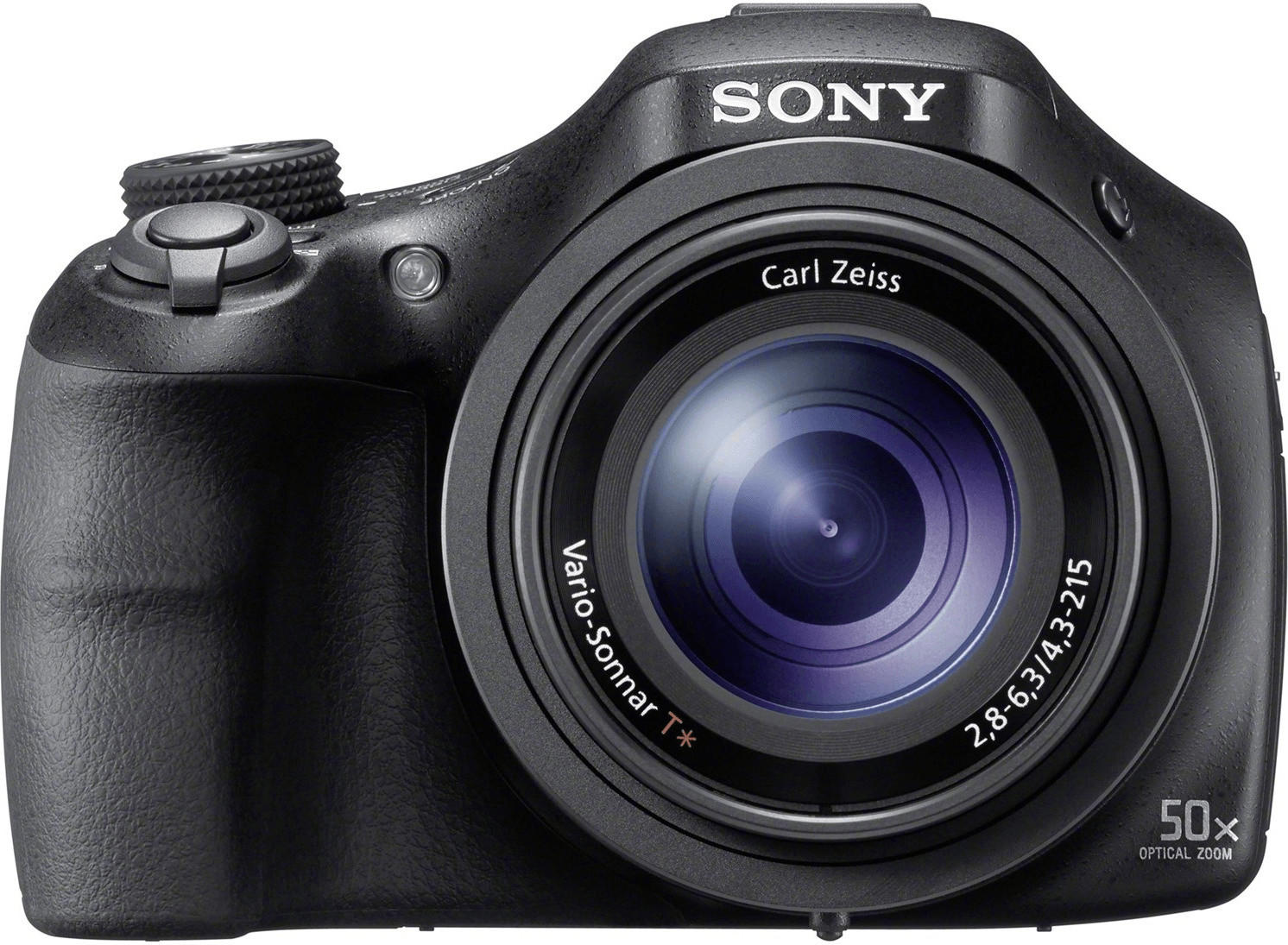
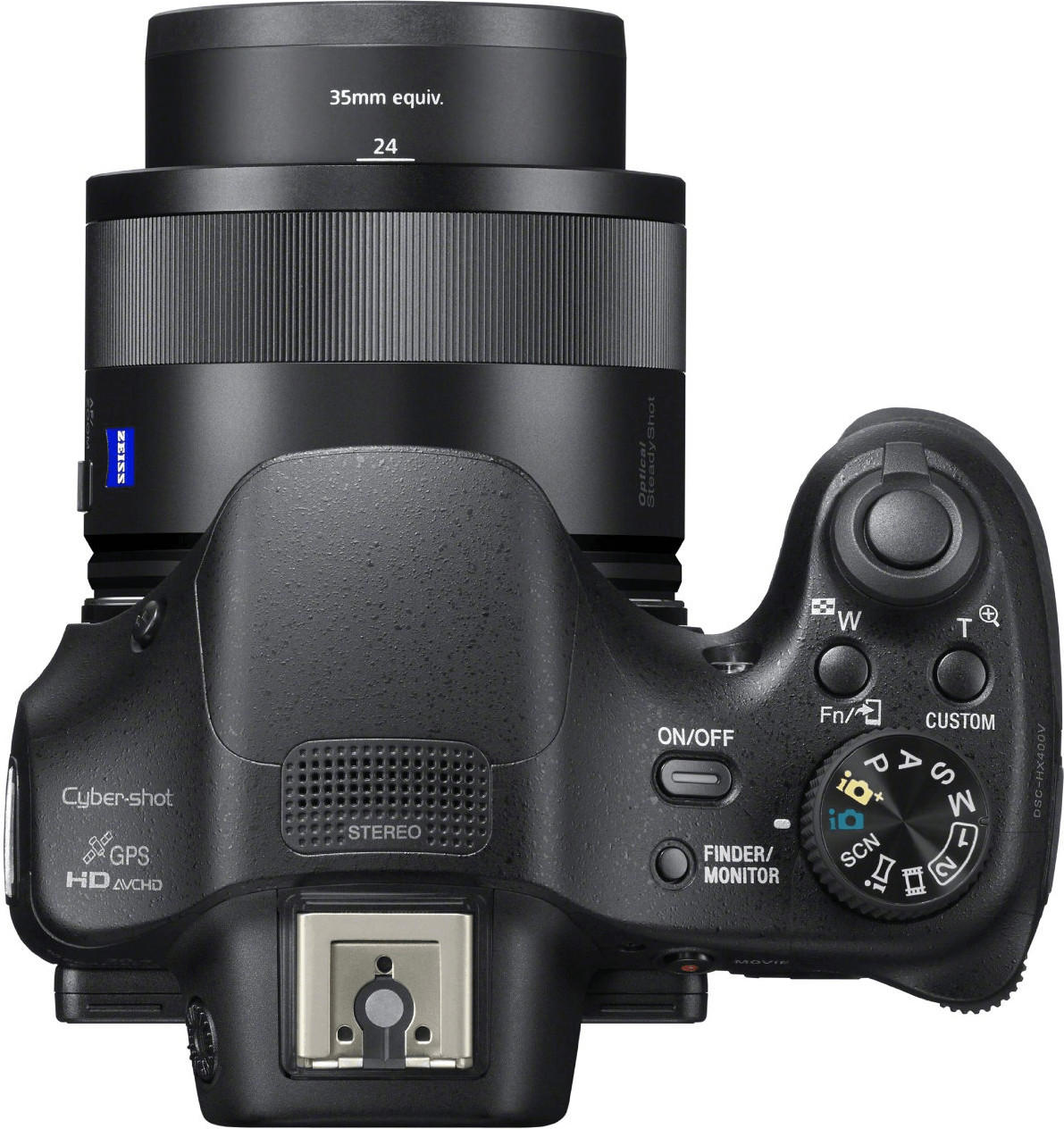
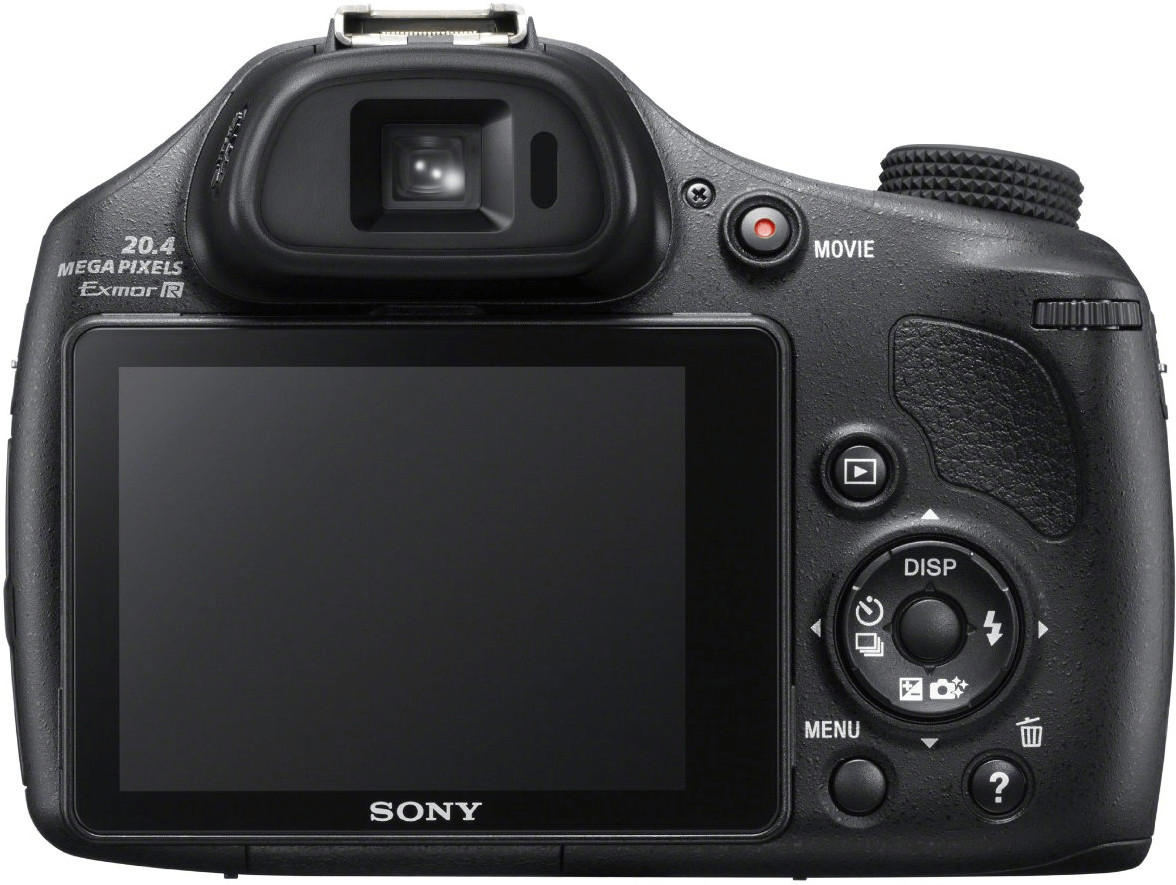
For those seeking better image quality, considering bridge cameras with larger sensors is advisable. Some mid-range bridge cameras come with a 1-inch sensor, which offers better low light performance and image quality. Cameras like the Panasonic Lumix FZ1000 II, equipped with a 1-inch sensor, deliver exceptional image quality and versatility. At the high end, bridge cameras like the Sony RX10 IV and Nikon Coolpix P950 boast even larger sensors, further enhancing image quality and delivering professional-level photography capabilities.
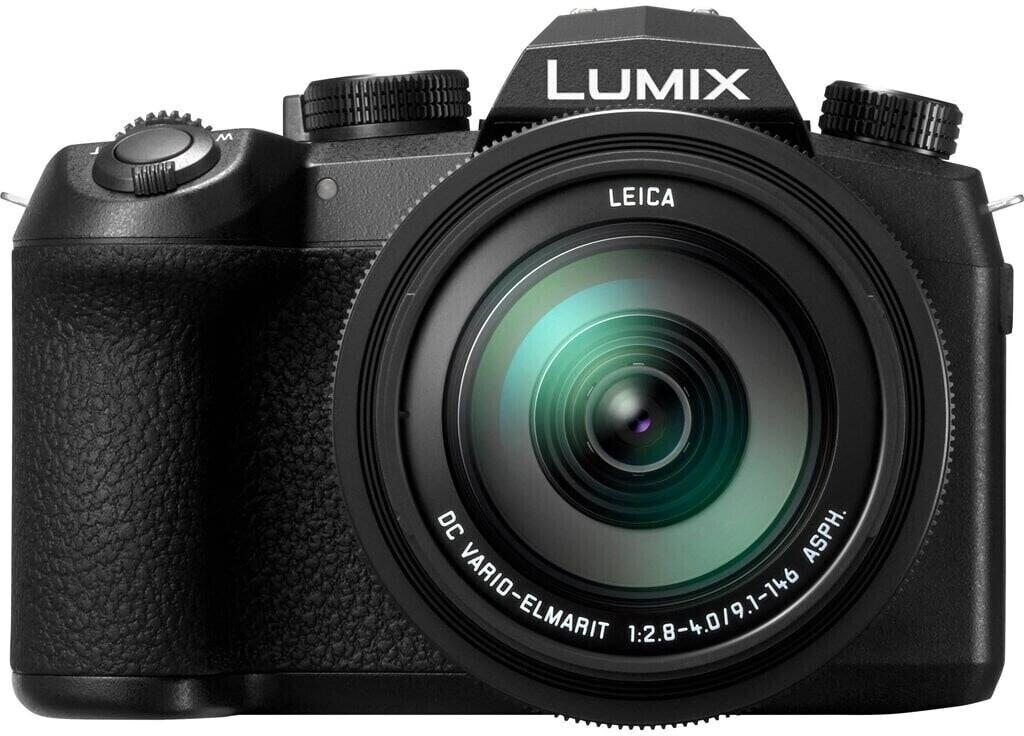

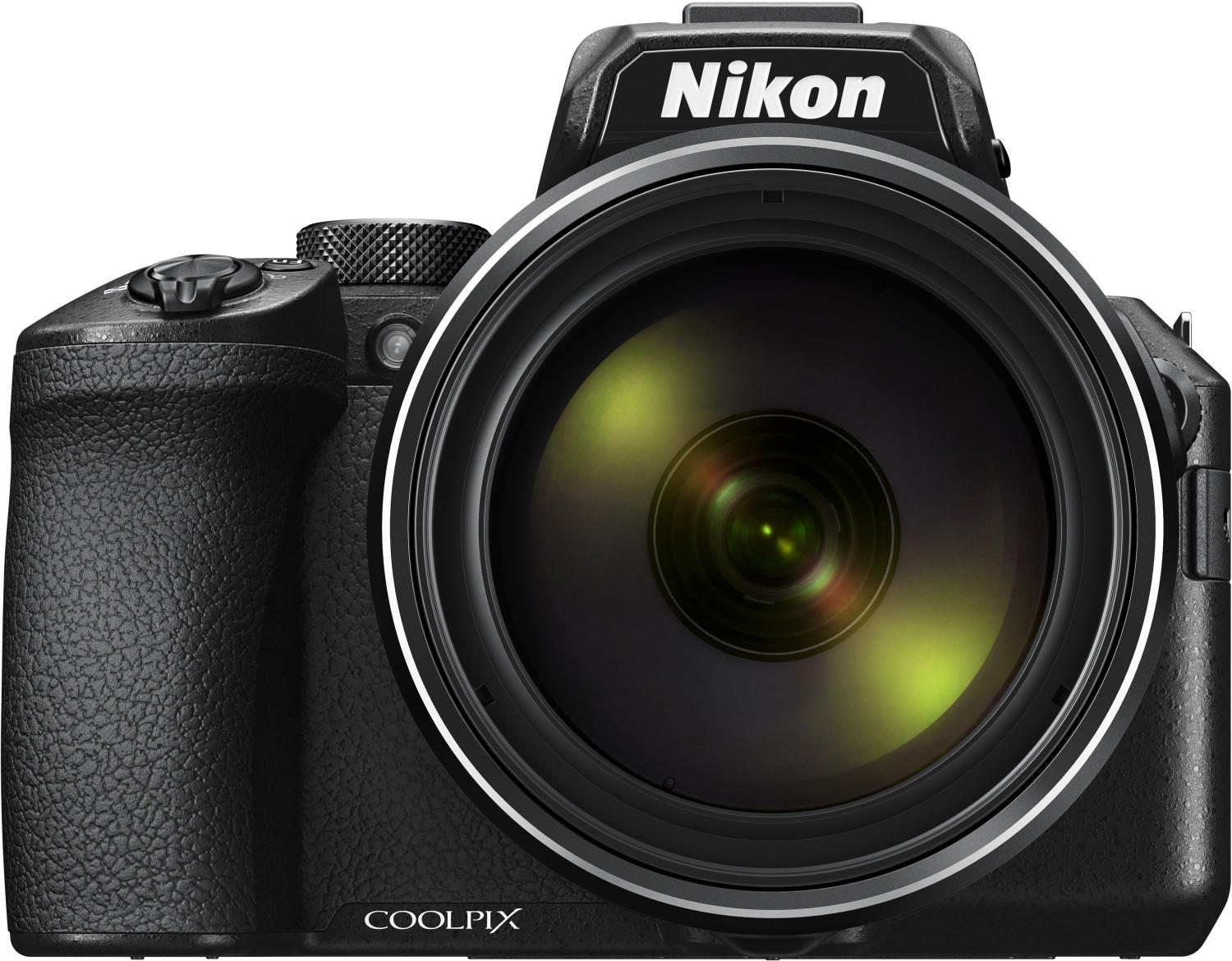
Megapixels
Megapixels refer to the resolution of the camera's image sensor, determining the level of detail captured in each photograph. Generally, higher megapixels result in larger image files and allow for better cropping and printing capabilities. For those seeking a camera with impressive megapixel count, the Nikon P1000 stands out with its impressive 16 megapixel sensor. Another option is the Sony RX10 IV, which boasts a 20.1 megapixel 1-inch Exmor RS stacked CMOS sensor. These cameras gained popularity for their ability to capture stunningly detailed images. Furthermore, in the mid-range segment, the Panasonic Lumix FZ300 offers an impressive 12.1 megapixel MOS sensor for high-quality photographs. For those looking for an entry-level bridge camera with decent megapixels, the Canon PowerShot SX540 HS is a great option with its 20.3 megapixel CMOS sensor. Remember, while higher megapixels often mean better image quality, it is just one of the many factors that contribute to a camera's performance and capabilities.


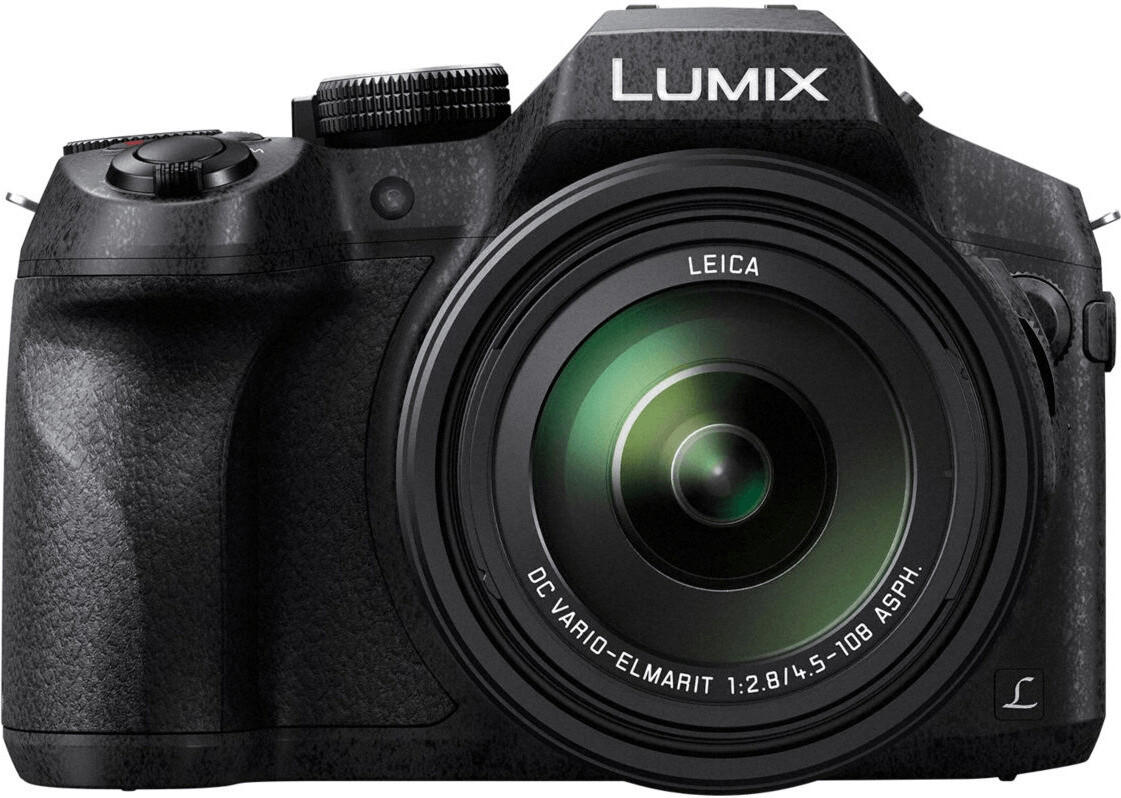
Zoom range
The zoom range determines how close or far you can zoom in on a subject. Some advanced bridge cameras offer an impressive zoom range of 50x or more, like the Nikon COOLPIX P1000, which features a mind-boggling 125x optical zoom. With such a powerful zoom, you can capture incredible details even from a distance. Another great option in the mid-range zoom range is the Sony Cyber-shot DSC-RX10 III with a 25x optical zoom that provides a versatile focal length range.
If you're looking for a bridge camera with a more modest zoom range, there are options available as well. These cameras usually have a zoom range of around 20-30x, which is still sufficient for most photography needs. One example of such a camera is the Canon PowerShot SX540 HS with a 50x optical zoom that covers a wide range of shooting situations. Alternatively, the Panasonic Lumix DMC-FZ300 features a 24x optical zoom and maintains a constant f/2.8 aperture throughout the zoom range, making it a great option for low light photography.


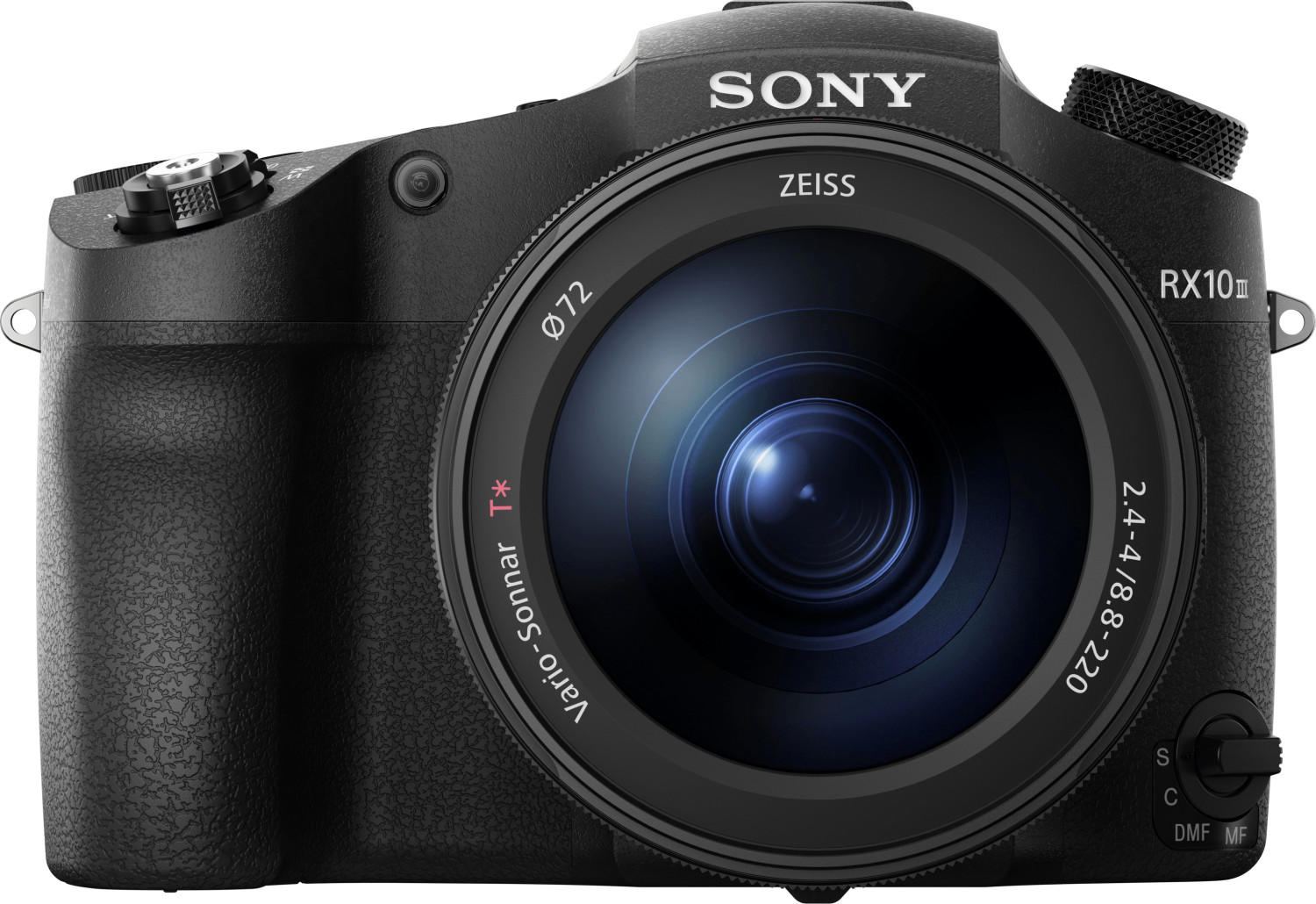
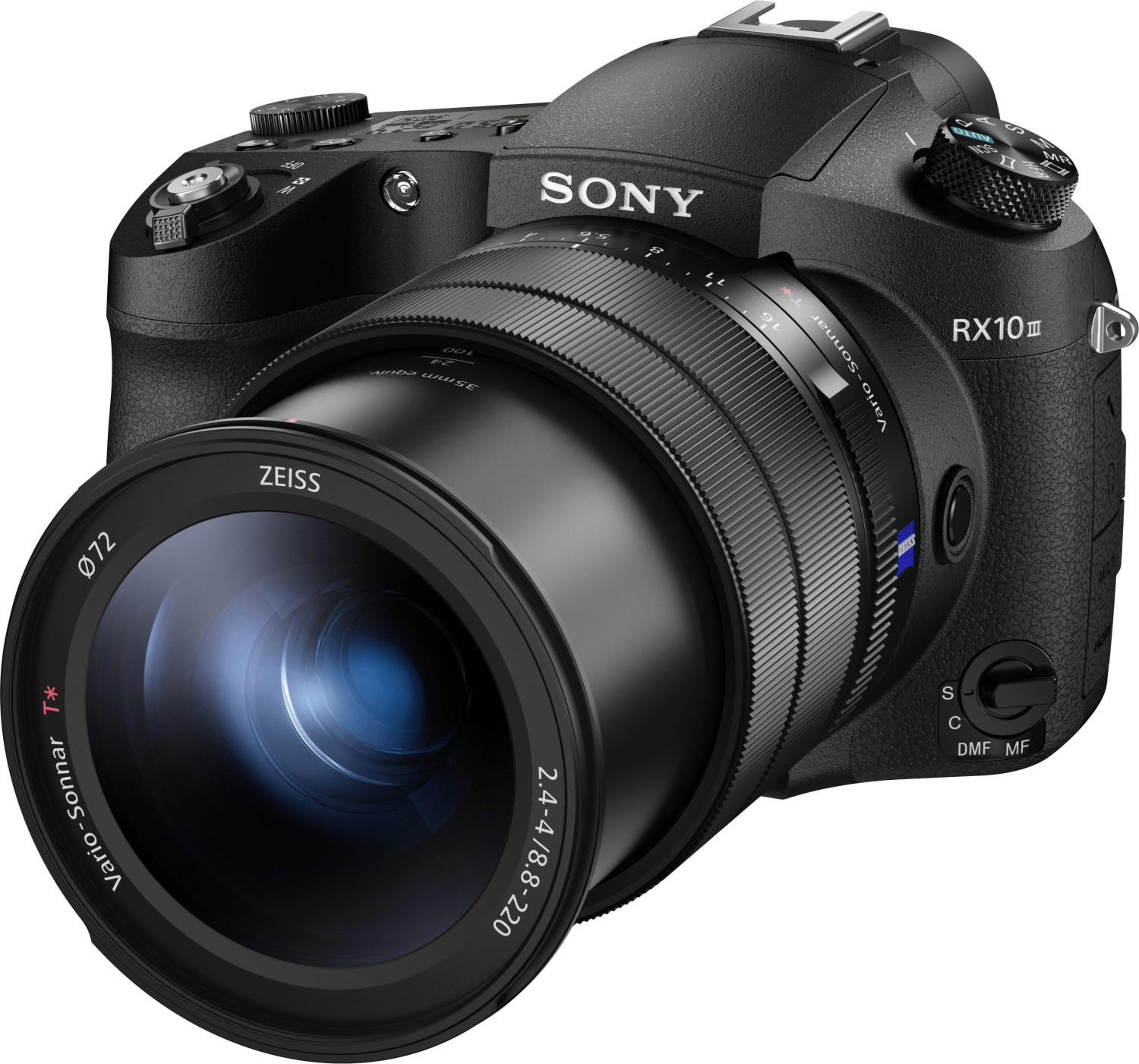
Lens type
Lens type plays a significant role in determining the quality and versatility of the camera's image capturing capabilities. There are various lens types available in the market, including fixed lens, interchangeable lens, and zoom lens.
One example of a bridge camera with a fixed lens is the Sony Cyber-shot DSC-RX10 IV. This camera features a high-performance ZEISS Vario-Sonnar T* lens with a focal length of 24-600mm, allowing you to capture a wide range of subjects with exceptional clarity. Another category is interchangeable lens cameras, such as the Canon PowerShot G3 X. These cameras offer compatibility with a range of lenses, expanding your creative possibilities. Lastly, zoom lenses like the one found in the Nikon COOLPIX P900 provide a massive zoom range, reaching up to an astounding 83x optical zoom, making it ideal for capturing distant subjects like wildlife or astronomical events.

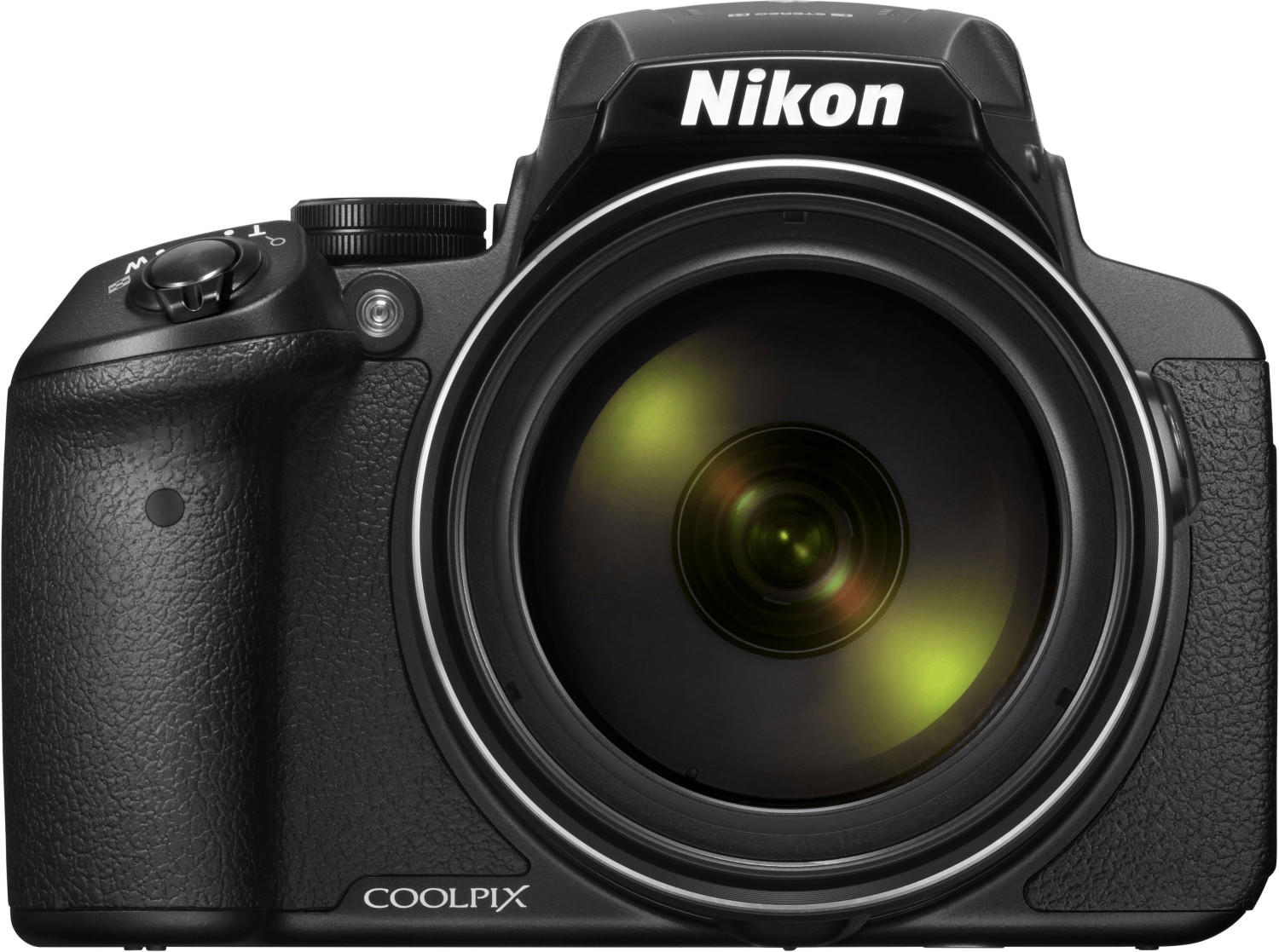
Image stabilization
Image stabilization helps reduce camera shake and allows for smoother, blur-free images, especially when shooting in low light or with high magnification. There are two main types of image stabilization: Optical Image Stabilization (OIS) and In-body Image Stabilization (IBIS).
For bridge cameras with OIS, the Panasonic Lumix FZ80 is an excellent choice. This camera employs a 20-1200mm lens with 60x optical zoom, allowing for versatile shooting options. Additionally, it incorporates OIS technology to counter camera shake, minimizing the risk of blurry photos.
On the other hand, if you prefer a bridge camera with IBIS, the Sony Cyber-shot RX10 IV is worth considering. With a 24-600mm lens and 25x optical zoom, this camera offers a wide range of focal lengths. Its IBIS system compensates for the camera movement and delivers steady shots even when handheld.

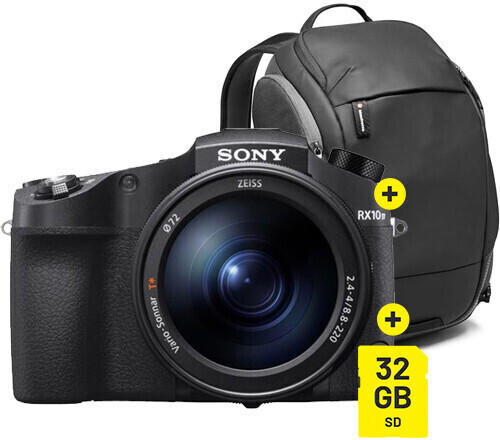
It's important to note that both OIS and IBIS provide excellent stabilization, but they work in different ways. OIS relies on tiny actuators in the lens to compensate for movement, while IBIS uses sensors to detect camera shake and shifts the image sensor accordingly. Ultimately, your choice depends on the shooting scenarios and personal preferences. With the Panasonic Lumix FZ80 and Sony Cyber-shot RX10 IV, you can be confident in having image stabilization technology to capture sharp and stable images.


Aperture range
The aperture determines how much light enters the camera and affects the depth of field in your images. A wider aperture (lower f-number) allows for more light and creates a shallow depth of field, ideal for portraits or blurred backgrounds. On the other hand, a smaller aperture (higher f-number) allows for more depth of field and is better suited for landscape photography.
One group of bridge cameras with a wide aperture range is the Sony RX10 IV. With an f/2.4–f/4 aperture range, it offers excellent performance in low-light situations without compromising on image quality. Another option is the Panasonic Lumix FZ1000 II, which boasts an f/2.8–f/4 aperture range, perfect for capturing stunning details with its 1-inch sensor. For those on a budget, the Canon PowerShot SX540 HS is worth considering with an f/3.4–f/6.5 aperture offering flexibility in various lighting conditions.




Focal length
Focal length is a specification that indicates how much the lens can magnify distant objects. A camera with a longer focal length will be able to zoom in farther, allowing you to capture distant subjects in great detail. On the other hand, a camera with a shorter focal length is ideal for wide-angle shots, allowing you to capture a wider field of view in your images.
If you are looking for a bridge camera with a long focal length, the Nikon COOLPIX P1000 is a fantastic option. It boasts an impressive 125x optical zoom with a focal length range extending from 24-3000mm (equivalent) that can capture the tiniest details of subjects even from a considerable distance. For those interested in a camera with a shorter focal length and the ability to capture wide-angle shots, the Sony Cyber-shot DSC-HX99 can be a great choice. With a focal length range of 24-720mm (equivalent), it allows you to capture expansive landscapes or group photos.


ISO range
ISO determines how sensitive the camera's sensor is to light. A wider ISO range allows the camera to capture images in low light conditions without sacrificing image quality. For example, the Sony Cyber-shot RX10 IV boasts an impressive ISO range of 64 to 25600, allowing for excellent low-light performance and reduced noise in dimly lit environments. Similarly, the Nikon Coolpix P1000 offers an ISO sensitivity up to 6400, ensuring clear images even in challenging lighting conditions. Overall, cameras with a broader ISO range, such as the Canon PowerShot SX70 HS or the Panasonic Lumix FZ1000 II, are ideal for capturing high-quality images in various lighting scenarios.
Focus speed
For those interested in fast focus speeds, the Sony Cyber-shot RX10 IV is an excellent choice. This camera features a lightning-fast 0.03-second autofocus speed, thanks to its innovative hybrid autofocus system which combines contrast and phase detection. Additionally, the Panasonic Lumix FZ1000 II boasts a speedy focus with its Depth from Defocus technology, allowing it to lock focus in approximately 0.09 seconds. Both of these cameras ensure you won't miss important shots due to slow focus times, making them ideal for capturing action-packed or spontaneous moments.




Shutter speed range
The shutter speed refers to the length of time that the camera's shutter is open, allowing light to hit the image sensor. A wider shutter speed range will enable you to capture photos with different levels of exposure and effectively freeze motion or create motion blur.
Some bridge cameras with impressive shutter speed ranges include the Sony Cyber-shot DSC-RX10 II and the Canon PowerShot SX70 HS. The Sony Cyber-shot DSC-RX10 II boasts a range of 1/32000 to 30 seconds, allowing for highly precise control over exposure in various conditions. On the other hand, the Canon PowerShot SX70 HS offers a shutter speed range of 1/2000 to 15 seconds, still providing a great flexibility for capturing fast-moving subjects or long-exposure shots. Both these cameras are excellent choices for photography enthusiasts who value versatile shutter speed capabilities.
There are several segments of bridge cameras available on the market, each with its own unique shutter speed range. In the entry-level segment, the Nikon Coolpix P900 stands out with a shutter speed range of 1/4000 to 60 seconds, perfect for capturing action shots or creating stunning long-exposure images. In the mid-range segment, the Panasonic Lumix FZ1000 II offers a broad range of 1/16000 to 60 seconds, providing even more flexibility for capturing fast-action scenes. Lastly, in the high-end segment, the Fujifilm X-S10 provides a remarkable shutter speed range of 1/32000 to 900 seconds, catering to advanced photographers who often shoot in challenging lighting conditions.


Viewfinder type
There are primarily three types: optical, electronic, and none. Optical viewfinders provide a real-time view through the lens and are often found in higher-end models. For example, the Canon PowerShot G7 X Mark II boasts an optical viewfinder with 40x Optical Zoom, allowing for clear, high-resolution images. Electronic viewfinders, such as the one equipped on the Sony RX10 IV, display a digital replication of the scene through the lens and offer various useful features like manual focus assist and exposure overlays. On the other hand, some bridge cameras, like the Panasonic Lumix FZ2500, don't have a viewfinder and rely solely on the LCD screen for composing images. Ultimately, the choice depends on personal preferences and shooting style.
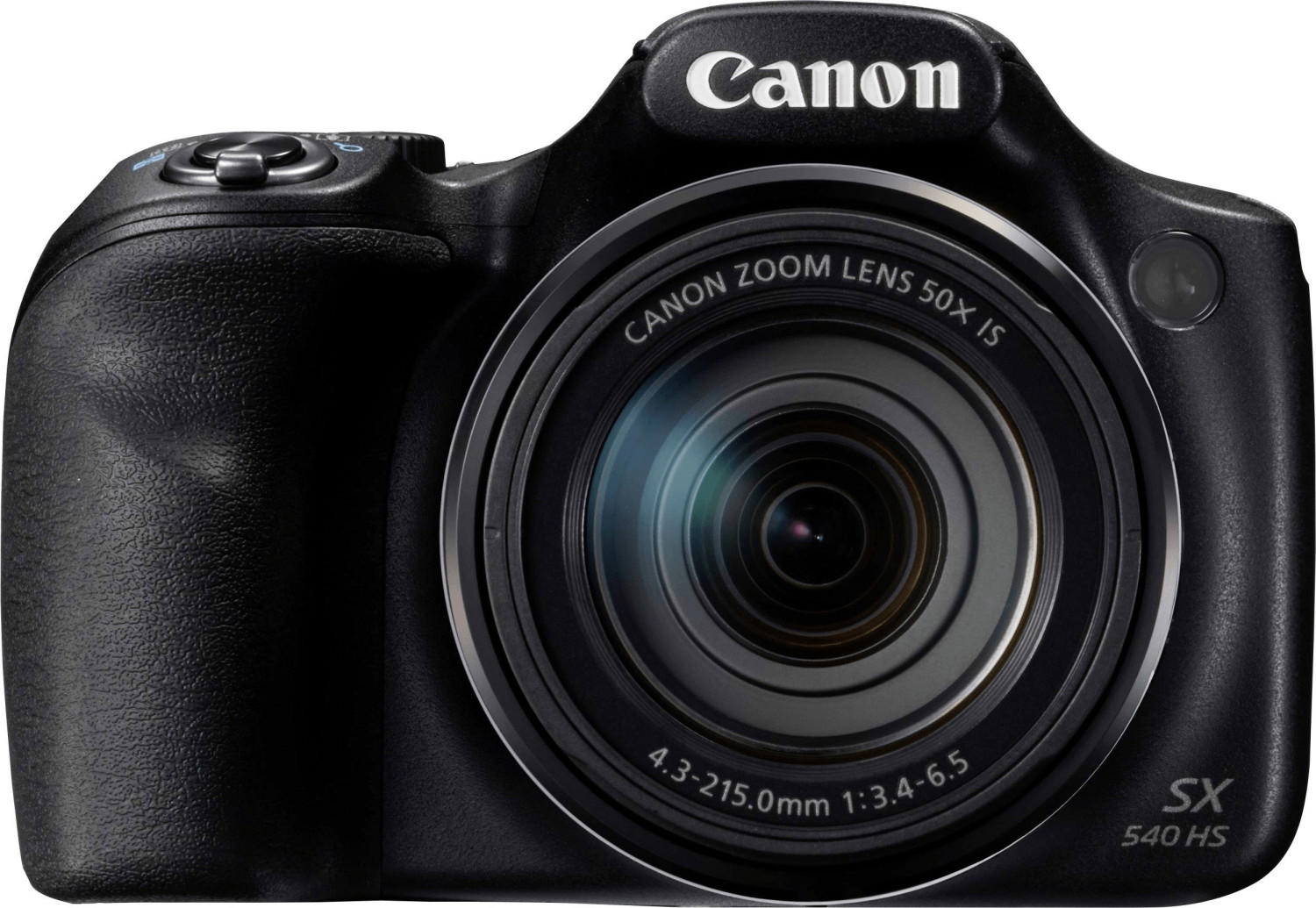

LCD screen size
A larger LCD screen allows for better visibility and framing of shots, especially in bright lighting conditions. It also enhances the overall user experience by providing a clear view when navigating menus and reviewing images or videos. For instance, the Sony RX10 IV offers a 3-inch LCD screen, allowing for a comfortable viewing experience with high visibility. Similarly, the Canon PowerShot G3 X comes with a 3.2-inch tilting LCD screen, which provides flexibility for shooting from various angles and reviewing shots in detail. Both of these camera models boast a larger LCD size, ensuring a user-friendly interface for aspiring photographers.
In the market, bridge cameras can be broadly categorized into two segments based on their LCD screen sizes. The first segment includes cameras with LCD screens smaller than 3 inches, such as the Nikon Coolpix P900, featuring a 3-inch vari-angle LCD screen. These cameras are compact and suitable for users who prioritize portability and convenience. The second segment consists of cameras with LCD screens larger than 3 inches, as exemplified by the Fujifilm FinePix S1. This camera offers a 3-inch articulating LCD screen, providing excellent visibility and flexibility for shooting in different scenarios. Such cameras are ideal for photographers seeking a larger screen size to facilitate easier composition and accurate framing.

LCD screen resolution
This determines the quality and clarity of the images you view on the camera's screen. Higher resolutions provide a more detailed and sharper image, making it easier to review and compose your shots. For example, the Sony Cyber-Shot RX1R II is an excellent choice with its 3-inch LCD screen featuring a remarkable resolution of 1.2 million dots, allowing for stunning visual clarity. Another option to consider is the Panasonic Lumix DC-FZ1000 II, which boasts a 3-inch LCD display with a resolution of 1.44 million dots, offering a crisp and vibrant viewing experience. Additionally, the Canon PowerShot SX70 HS features a 3-inch LCD screen with a resolution of 922,000 dots, providing a clear and detailed image display.
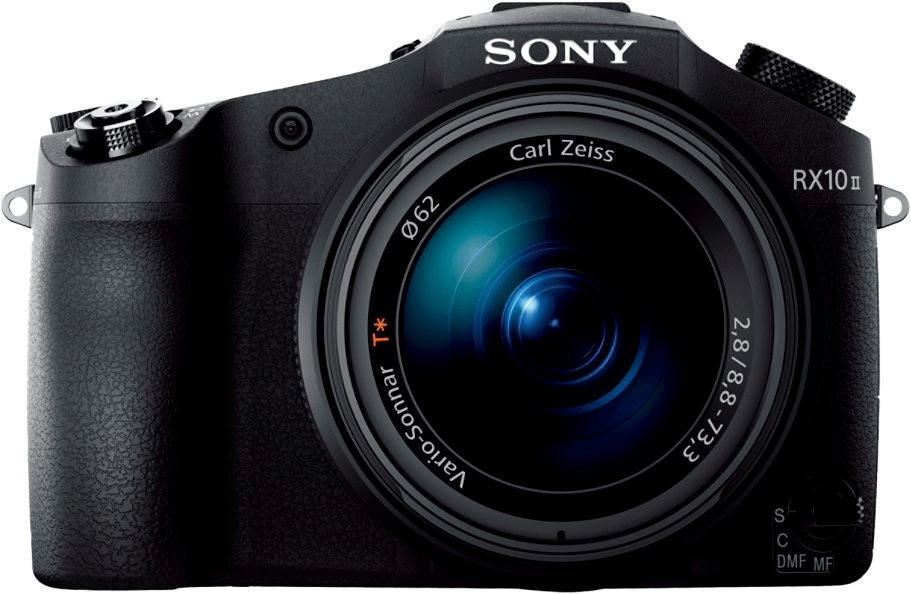

Touchscreen capability
A touchscreen can greatly enhance the user experience and make it easier to navigate through menus, adjust settings, and even select focus points with just a tap of the finger. Some bridge cameras feature an articulating touchscreen, allowing for even greater flexibility and convenience when composing shots from various angles.
One excellent example of a bridge camera with touchscreen capability is the Canon PowerShot SX70 HS. This camera offers a 3-inch vari-angle LCD touchscreen, which makes it easy to frame your shots and adjust settings with precision. Another great option is the Sony Cyber-Shot RX10 IV, which comes with a tilting 3-inch touchscreen that provides intuitive control over the camera settings. Both cameras also offer advanced features like high-resolution sensors, powerful image processors, and versatile zoom lenses, making them ideal choices for photography enthusiasts who desire top-notch performance.
Built-in flash
A built-in flash allows you to capture great photos even in low light conditions or when additional lighting is needed. Look for cameras that offer a powerful built-in flash with a good flash range. For instance, the Sony Cyber-shot RX10 IV features a versatile built-in flash with a range of up to 10.2m (33.6 ft) at ISO 3200.
In terms of market segments, bridge cameras can be divided into entry-level, mid-range, and premium segments. For those on a budget, the Canon PowerShot SX540 HS is a great choice with its built-in flash having a range of up to 5.5m (18 ft) at ISO 3200. In the mid-range segment, the Nikon Coolpix P900 offers an impressive built-in flash with a range of up to 12m (39.4 ft) at ISO 1600. Finally, for professional photographers, the Panasonic Lumix DMC-FZ2500 stands out with its built-in flash range of up to 18m (59.1 ft) at ISO 100. In summary, it is crucial to consider the built-in flash capabilities of bridge cameras to ensure well-lit photos in various lighting conditions.


Continuous shooting speed
Continuous shooting speed refers to the number of images per second (fps) that a camera can capture. This feature is particularly important for capturing fast-moving subjects or when you want to ensure you don't miss a moment.
In the entry-level segment, the Canon PowerShot SX540 HS offers a continuous shooting speed of up to 5.9 fps, allowing you to capture multiple shots in quick succession. Moving up to the mid-range segment, the Panasonic Lumix FZ80 boasts an impressive 10 fps continuous shooting speed, ideal for photographing any action-packed scenes with precision. Finally, in the high-end segment, the Sony Cyber-Shot RX10 IV takes it up a notch, providing a blazing-fast 24 fps continuous shooting speed. This enables you to effortlessly capture even the most fleeting moments with remarkable clarity and detail.
Autofocus points
For instance, the Sony Cyber-Shot DSC-RX10 IV features an impressive 315 autofocus points with phase-detection autofocus system, resulting in faster focus acquisition and tracking. In a similar vein, the Canon PowerShot SX70 HS boasts a remarkable 4939 autofocus points which cover a wide area of the frame, allowing for accurate subject tracking even in challenging shooting situations. Moreover, the highly regarded Panasonic Lumix DMC-FZ300 incorporates 49 autofocus points along with its renowned Depth From Defocus (DFD) technology, enabling users to capture fast-moving subjects with improved speed and precision.
Manual focus capability
Manual focus allows users to have full control over the focus of their shots, enabling them to achieve maximum sharpness and clarity for their subjects. A great example of a bridge camera with excellent manual focus capability is the Sony Cyber-shot DSC-RX10 III. With its advanced manual focusing system that includes focus peaking and manual focus assist, users can easily fine-tune their focus and achieve professional-level results. Another option to consider is the Panasonic Lumix DMC-FZ300, which offers a high-resolution electronic viewfinder and focus peaking, allowing for precise and accurate manual focusing. These cameras are perfect for photography enthusiasts who enjoy experimenting with different focusing techniques and desire more creative control over their images.


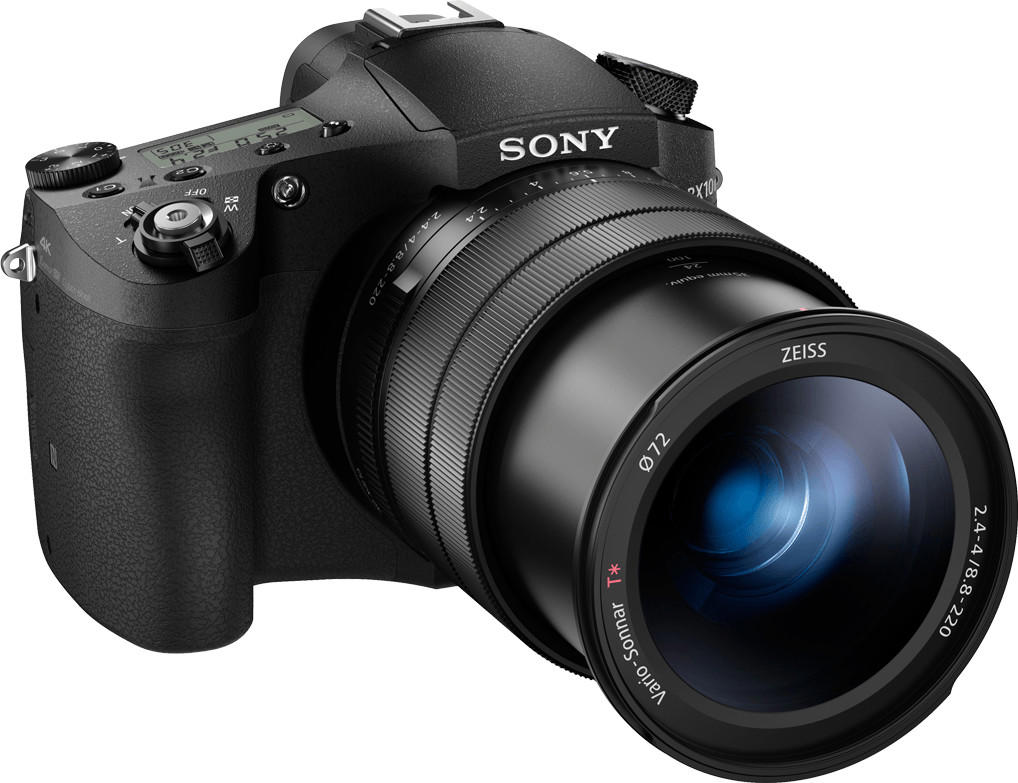
RAW shooting format
RAW files are uncompressed images that retain all the original information captured by the camera's sensor, allowing for greater flexibility in post-processing. If you are a photography enthusiast or a professional photographer, having the option to shoot in RAW format can be highly valuable. There are several bridge cameras available on the market that offer RAW shooting capabilities, such as the Sony Cyber-shot RX10 IV, which features a 1-inch 20.1MP Exmor RS CMOS sensor, allowing for stunning image quality and detail. Another excellent option is the Canon PowerShot G3 X, boasting a 1-inch 20.2MP CMOS sensor and the DIGIC 6 image processor, providing exceptional RAW image output.


In-camera image editing
This allows you to enhance your photos directly within the camera, saving you time and effort in post-processing. Some cameras offer a wide range of editing options, such as cropping, straightening, and applying various filters. For those who are passionate about editing their photos on the go, cameras like the Sony Cyber-shot RX10 IV and the Panasonic Lumix DMC-FZ300 provide advanced in-camera editing features, allowing you to adjust lighting, color balance, and even add special effects. These cameras also offer RAW shooting capabilities, which allow you to have more flexibility in your editing process later on.
Other cameras, such as the Canon PowerShot SX70 HS and the Nikon COOLPIX P950, come with more basic editing features, including options to crop, rotate, and adjust brightness or contrast. These cameras are suitable for photographers who want to make simple edits without the need for extensive image manipulation. For those who prefer a more hands-on editing experience, cameras like the Fujifilm FinePix S1 and the Olympus Stylus 1s offer manual editing controls, allowing you to fine-tune your images right in the camera. Overall, the selection of bridge cameras offering in-camera editing is vast, with varying degrees of features and user-friendliness, so be sure to research each camera's specifications to find the one that best suits your editing needs.

Wi-Fi connectivity
Look for cameras that offer built-in Wi-Fi, allowing you to connect easily with your smartphone or tablet for instant photo sharing and remote control access. Some fantastic options to consider in this category are the Sony Cyber-shot DSC-RX10 IV and the Nikon COOLPIX P1000. These cameras have Wi-Fi and NFC (Near Field Communication) functionality, enabling quick and effortless pairing with your devices. With the Wi-Fi feature, you can directly transfer your images to your smartphone or tablet, edit them using various apps, or share them instantly on social media. The ability to control the camera remotely through a mobile device further adds to their versatility.




NFC connectivity
With NFC, you can easily connect your camera to other compatible devices, such as smartphones or tablets, by simply touching them together. This allows for quick and seamless transfer of photos and videos, as well as remote control and image preview. If NFC connectivity is a priority for you, there are several bridge cameras on the market that offer this feature. Some examples include the Sony Cyber-shot RX10 IV, which boasts not only NFC but also 5-axis image stabilization and an impressive 24-600mm zoom range. Another option is the Panasonic Lumix FZ1000 II, which offers NFC connectivity along with a high-quality 1-inch 20.1-megapixel sensor and 16x optical zoom. These cameras are great choices for those looking to easily connect and share their photos with other devices.




GPS functionality
This allows you to geotag your photos, so you know exactly where they were taken. Not only is this useful for organizing and finding your images, but it also adds an extra layer of information to your photography. If you want a bridge camera with GPS, there are several options available on the market. In the mid-range segment, the Canon PowerShot SX70 HS offers built-in GPS tagging, allowing you to track your journeys and create personalized maps of your photo locations. For a higher-end option, the Nikon COOLPIX P1000 is a powerful bridge camera with an impressive 125x optical zoom and also features GPS functionality for geotagging your images.


Battery life
Look for cameras that offer extended battery life to ensure you can capture countless moments without worrying about the battery dying. For instance, the Sony RX10 IV boasts an impressive battery life of around 400 shots per charge, which is ideal for day trips or extended shooting sessions. Meanwhile, the Panasonic FZ1000 II offers approximately 440 shots per charge, making it perfect for photography enthusiasts who require a camera with long-lasting power. These cameras utilize advanced battery technology, such as Lithium-Ion batteries, to provide extended shooting time.
It is also worth noting that on the market, bridge cameras can be segmented into different groups based on their battery life. Some cameras offer higher battery capacities, making them ideal for professionals or travelers who spend extended periods of time capturing photos. The Nikon B500 belongs to this group, providing an impressive 600 shots per charge, ensuring a long-lasting shooting experience. On the other hand, there are cameras with moderately extended battery life suitable for regular users or hobbyists. The Canon PowerShot SX530 HS falls into this category, offering around 210 shots per charge, which is still impressive for everyday photography sessions. Ultimately, consider your photography needs and the duration of your typical photo shoots to determine the most suitable bridge camera with the best battery life for you.



Video resolution
This refers to the number of pixels captured in each frame, which determines the clarity and detail of your videos. If you're looking for sharp and high-definition footage, cameras that shoot in 4K resolution are your best bet. One such example is the CANON PowerShot G3 X, which boasts a stunning 4K video resolution, enabling you to capture videos with exceptional detail and clarity.
For those on a budget or in need of a more affordable option, cameras that shoot in Full HD (1080p) can still deliver excellent video quality. The SONY Cyber-shot DSC-HX400V is a great entry-level bridge camera with a powerful lens and Full HD video resolution. With its 20.4-megapixel Exmor R CMOS sensor and BIONZ X image processor, this camera can capture detailed and vibrant videos in Full HD resolution.
In conclusion, whether you're looking for 4K Ultra HD or Full HD video resolution, there are various bridge cameras available on the market. The choice ultimately depends on your budget and specific requirements.
Video frame rate
The frame rate determines the number of individual images, or frames, that are captured per second, resulting in smoother and more fluid videos. An ideal frame rate for high-quality videos is around 30 frames per second (fps).
For budget-conscious users, the Sony DSC-HX400V is a great option, offering Full HD 1080p video recording at a smooth frame rate of 60 fps. This feature allows for excellent video quality and smooth motion capture. Another budget-friendly choice is the Canon PowerShot SX540 HS, which supports Full HD 1080p videos at 60 fps as well.
If you're looking for a more advanced bridge camera, you can consider the Nikon COOLPIX P1000 which offers ultra-high-definition 4K video recording at 30 fps. This camera provides stunning video quality while giving you the flexibility to capture videos in incredible detail. The Panasonic Lumix FZ2500 is another top choice, equipped with both 4K Ultra HD and Full HD video capabilities at a frame rate of up to 60 fps. Its superior video quality and versatile options make it suitable for enthusiasts and professionals alike.


Remember, when choosing a bridge camera, don't overlook the video frame rate, as it directly impacts the quality and smoothness of your recorded videos.
Video file format
This refers to the type of file format in which the camera records videos, which influences video quality and compatibility with various devices and software. Some popular video file formats include AVCHD, MP4, and MOV. Bridge cameras like the Sony RX10 IV and Panasonic Lumix FZ1000 II offer the AVCHD format, which is known for its high-quality videos and compatibility with a range of devices. On the other hand, cameras like the Nikon Coolpix P1000 and Canon PowerShot SX70 HS support the MP4 format, which is widely used and can be easily shared and played on a variety of platforms. Additionally, cameras like the Fujifilm FinePix HS50EXR and Olympus Stylus SP-100EE record videos in the popular MOV format, which is mainly used by Apple devices and provides good results in terms of video quality. It is essential to consider the media devices you plan to use when selecting a camera based on video file format.


Audio recording options
Look for cameras that offer high-quality audio recording capabilities for capturing clear and crisp sound. Some top-rated bridge cameras with excellent audio recording options include the Sony RX10 IV and the Panasonic Lumix FZ1000 II.
The Sony RX10 IV boasts a built-in stereo microphone, which can record high-quality audio while minimizing distortions and background noise. It also features a microphone port, allowing external microphones to be connected for even better audio recording. On the other hand, the Panasonic Lumix FZ1000 II features an integrated stereo microphone with wind noise cancellation, ensuring clean audio recordings even in windy conditions. It also supports an external microphone input for enhanced sound capture. Both cameras offer flexible audio level control, allowing users to adjust the microphone sensitivity for optimal recording.




External microphone input
Having an external microphone allows you to capture crystal-clear sound and eliminate unwanted background noise. There are several bridge cameras on the market that offer this feature. One notable option is the Sony Cyber-shot RX10 IV. This camera comes equipped with a microphone input that supports both 3.5mm jack and XLR inputs, making it suitable for a wide range of external microphones. Another excellent choice is the Panasonic Lumix FZ2500, which also features a dedicated microphone input. This camera supports an optional DMW-XLR1 XLR microphone adapter for professional-grade audio recording. These cameras are ideal for vloggers, amateur filmmakers, and content creators looking to enhance their audio quality.
Other bridge cameras that provide external microphone input include the Canon PowerShot G3 X, which features a stereo mini-jack for external microphones, and the Nikon Coolpix P1000, which offers a microphone input for external microphones. Each of these cameras caters to different needs and budgets, providing users with excellent options to consider based on their specific requirements.

Remote control capability
This feature allows you to control the camera remotely, which can be incredibly useful for shooting group photos or capturing wildlife without disturbing them. For example, the Sony Cyber-shot RX10 IV offers remote control capability via Wi-Fi with the use of a smartphone or tablet, allowing you to adjust settings, take photos, and even transfer images wirelessly. Similarly, the Canon PowerShot SX70 HS features Wi-Fi and Bluetooth connectivity, enabling remote shooting and easy sharing of images. These bridge cameras also include NFC (Near Field Communication) technology, which allows for quick and hassle-free pairing with compatible devices.


Size and weight
Bridge cameras typically offer a more compact and portable alternative to DSLR cameras, making them suitable for travelers and those on the go. One example of a bridge camera that stands out for its compactness is the Sony Cyber-Shot RX10 IV. This camera weighs just 1.49 pounds (676g) and has dimensions of 5.2 x 3.7 x 5.1 inches (13.2 x 9.4 x 13 cm). Another option to consider is the Canon PowerShot SX70 HS, which weighs slightly less at 1.25 pounds (567g) with dimensions of 5 x 3.6 x 4.6 inches (12.7 x 9.14 x 11.68 cm). Both of these bridge cameras provide a lightweight and compact design that is suitable for users who prioritize portability.
Weather sealing
Weather sealing refers to the level of protection a camera has against dust and moisture, allowing you to use it in various shooting conditions, including rain or dusty environments. One excellent bridge camera that offers exceptional weather sealing is the Fujifilm X-S10. It features a magnesium alloy body that is weather-sealed in 95 locations, providing robust protection against splashes, sand, and dust.
Another notable option is the Sony RX10 IV, which boasts rugged construction with dust and moisture resistance, making it well-suited for outdoor photography. Additionally, Canon offers the PowerShot G3 X with weather-sealing capabilities, enabling you to confidently use it in challenging conditions without worrying about damage to the camera. These bridge cameras are perfect examples of weather-sealed options, ensuring your camera remains protected and optimally performs in various environments.


Available accessories
One key accessory to look for is a telephoto lens, which allows for zooming in on distant subjects without compromising image quality. The Canon PowerShot SX70 HS is an excellent option, offering a powerful 65x zoom lens and a focal range equivalent to 21-1365mm.
Additionally, a tripod is another essential accessory to stabilize the camera and minimize camera shake. The Manfrotto Compact Advanced Aluminum Tripod is a highly recommended option, featuring a lightweight and compact design, along with a maximum height of 63 inches. Other accessories to consider include extra batteries for extended shooting sessions, like the NP-BX1 battery compatible with the Sony RX10 IV. Memory cards are also crucial, and the SanDisk Extreme Pro SDXC Memory Card with capacities up to 128GB guarantee fast write speeds and reliable performance.
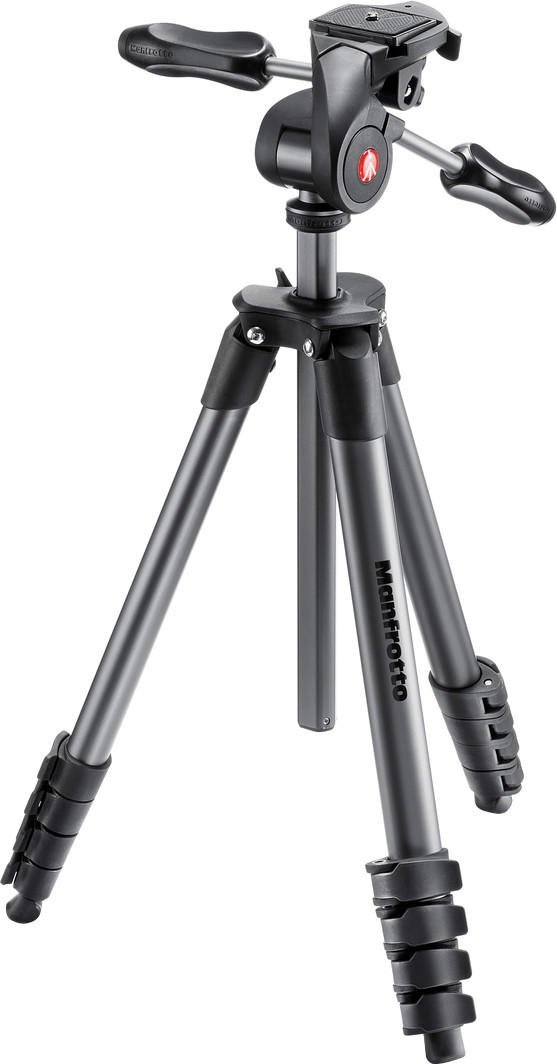

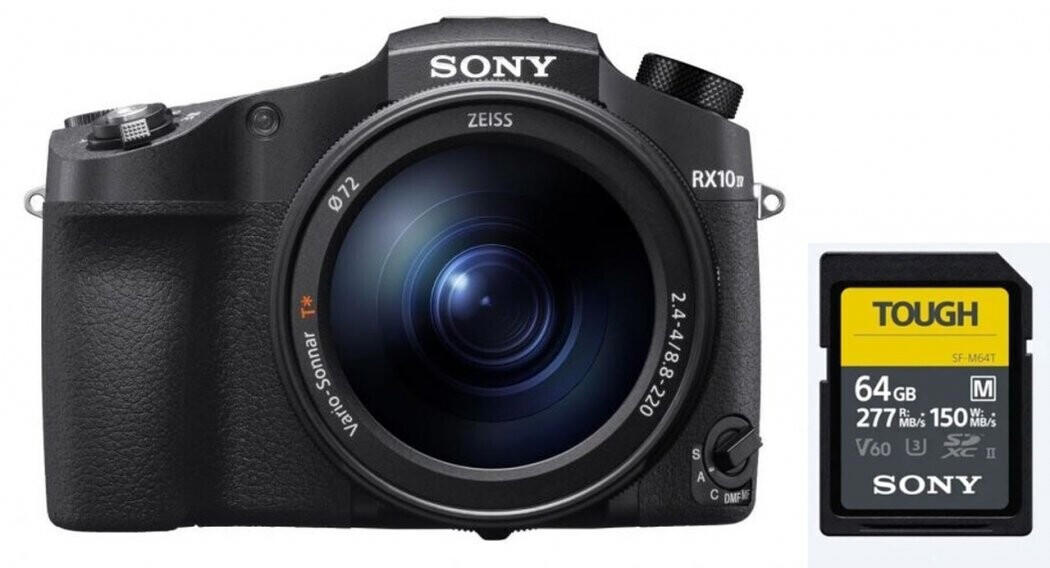
Price
With a wide range of options available, it's essential to find a balance between affordability and features. In the budget-friendly segment, Canon PowerShot SX540 HS is a great choice, offering a 50x optical zoom, Full HD video recording, and built-in Wi-Fi functionality, all at an accessible price point. For those willing to spend a bit more, the Panasonic Lumix FZ1000 II is a standout. Boasting a 1-inch MOS sensor, 16x optical zoom, 4K video recording, and an impressive Leica lens, it offers excellent image quality and versatility for its price range. When it comes to professional-grade bridge cameras, the Sony Cyber-shot RX10 IV comes to mind. Equipped with a 1-inch Exmor RS CMOS sensor, 25x optical zoom, and continuous shooting at an astounding 24fps, this camera rivals some entry-level DSLRs while still being in the realm of bridge cameras. Remember to consider your budget carefully and weigh the features available to find the ideal bridge camera for your needs.




Variety of brands
Each brand offers its own unique features, advantages, and disadvantages. One popular brand known for its high-quality bridge cameras is 'Sony'. Their cameras are known for their exceptional image quality, excellent low-light performance, and advanced autofocus systems. A recommended option is the 'Sony Cyber-shot DSC-RX10 III', which boasts a 20.1-megapixel sensor, a 25x zoom lens, and 4K video recording capabilities.
Another well-regarded brand in the bridge camera market is 'Panasonic'. Panasonic cameras often offer great value for money and are known for their versatile video capabilities and reliable image stabilization systems. One notable product from Panasonic is the 'Panasonic Lumix DMC-FZ300', which features a 12.1-megapixel sensor, a 24x zoom lens, weather-sealed body, and 4K video recording.
Other prominent brands offering bridge cameras include Nikon, Canon, and Fujifilm, each with their own distinct pros and cons. By considering the variety of brands and their specific features, you can narrow down your options and choose the bridge camera that best suits your needs and preferences.